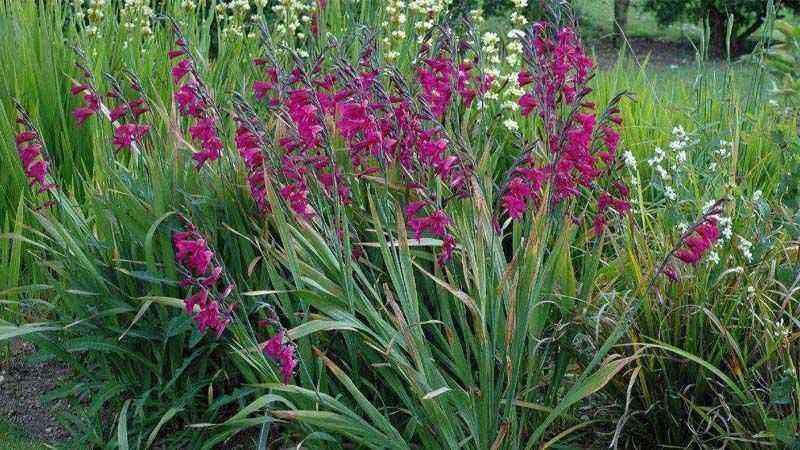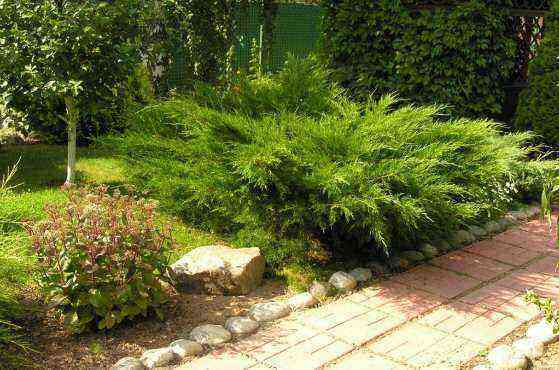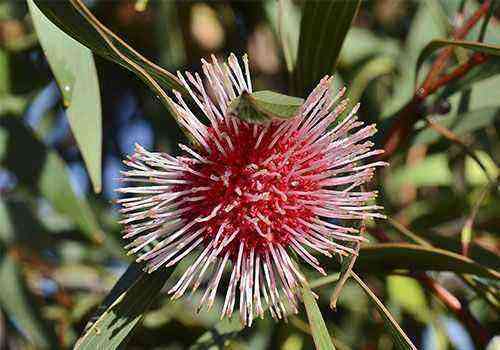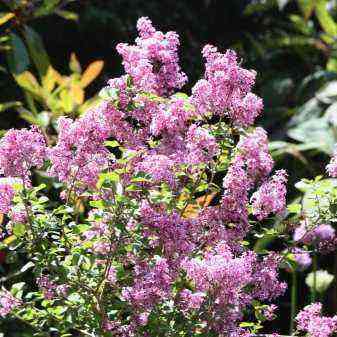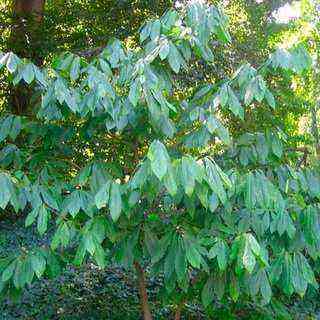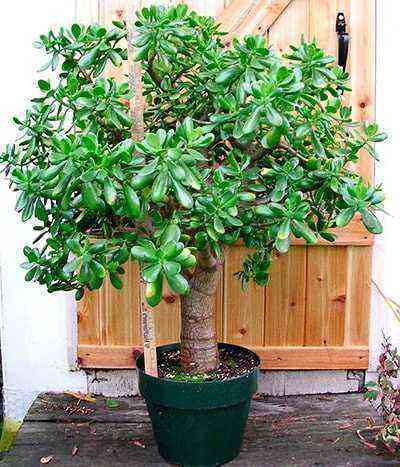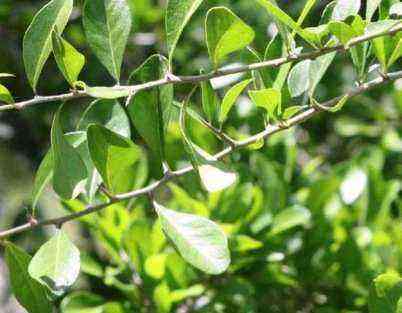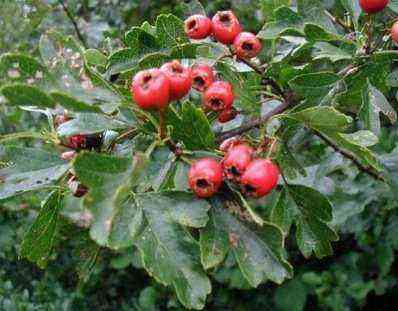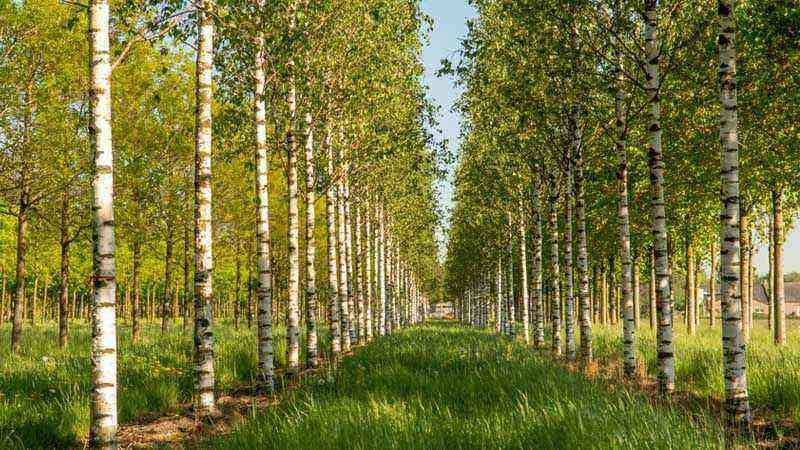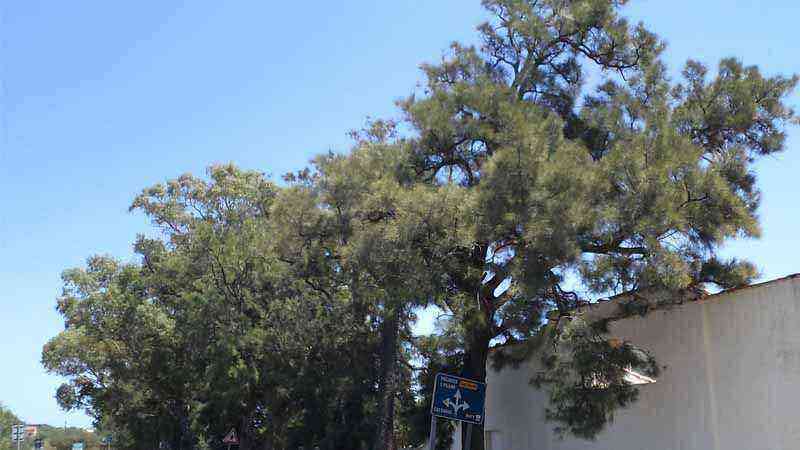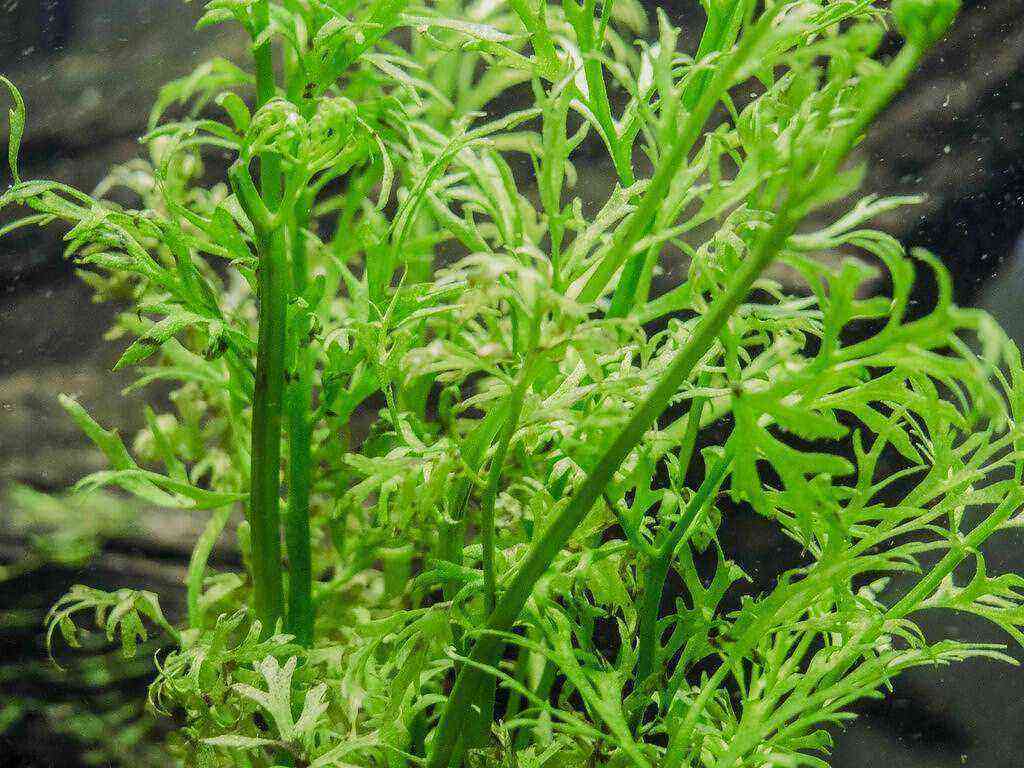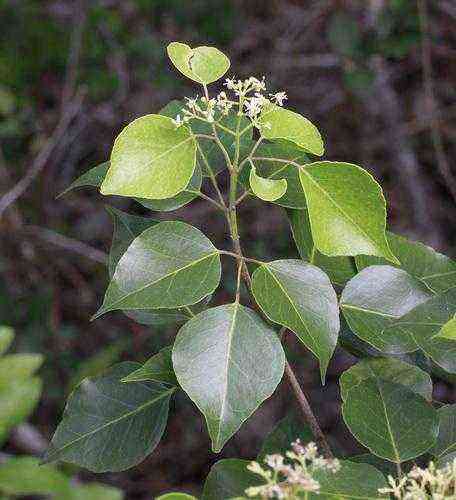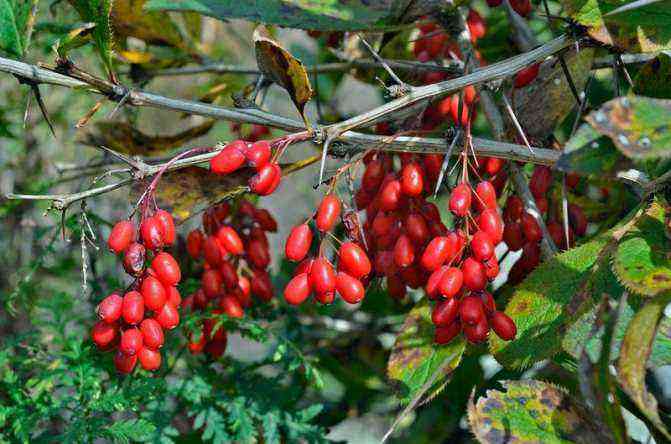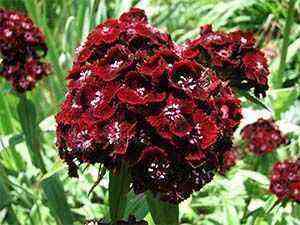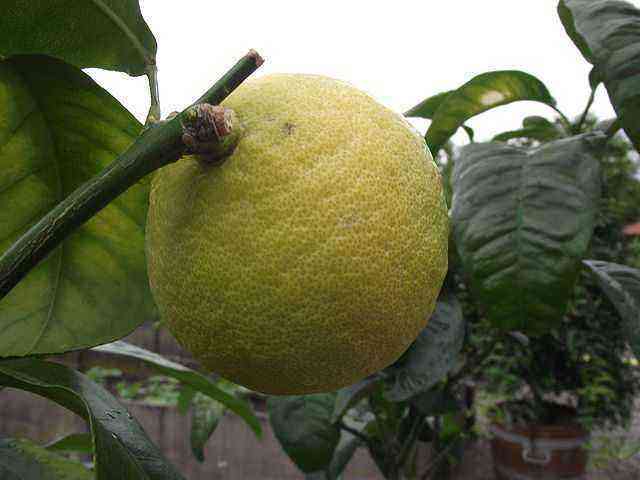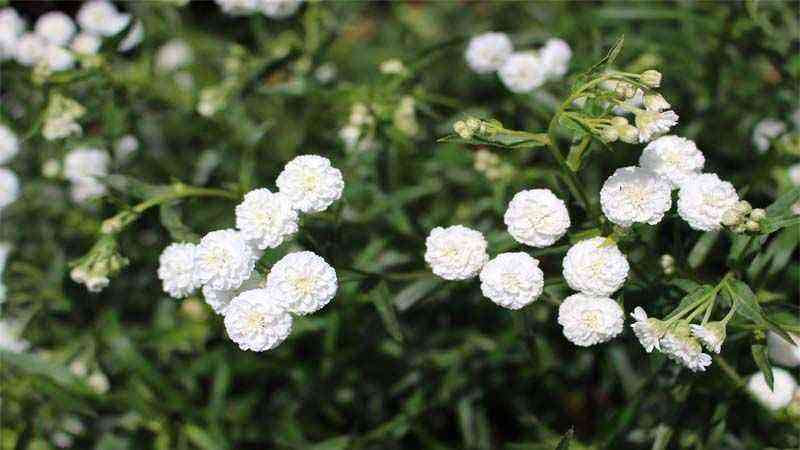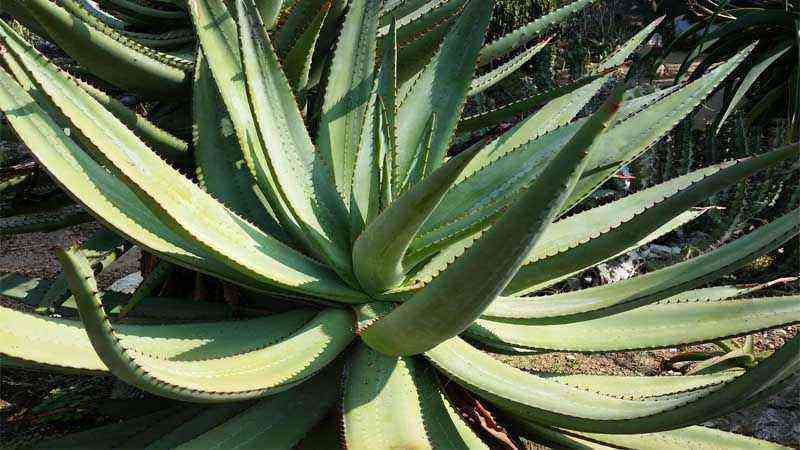Today we would like to talk about a plant, in this case climbing, with a stunning delicacy and flowers with a variety of colors, although the most common is the one you have in the photo, pink. Copihue (Lapageria rosea). This climber is, since 1977, the national flower of Chileans, basically because it is endemic to that country. Let’s get to know it a little more and see how we can cultivate it.
Source Lapageria rosea
Lapageria rosea It belongs to the Liliales, and the genus has nothing to do with any botanical or characteristic aspect of the plant as it happened the other day when we were talking about the Orbea variegata and the etymological origin of the genus Orbea. In this case, the name Lapageria, plain and simple, was christened in honor of Napoleon’s wife, whose maiden name was Tascher de la Pagerie. Now it is perfectly understandable about Lapageria. Being endemic to Chile, as we say in the header, it was decided in 1977 that it would be the flower that would represent the country. A symbol that can now be in your garden if you wish.
Its adaptation to Europe
Over the years it has been possible to sustain and adapt to not very severe European climates neither by cold nor by heat. It is a somewhat delicate plant, beautiful yes, but later we will see that it is not one of the «easy to grow». Lapageria rosea It was cataloged at the beginning of the XNUMXth century and it was not until the middle of the same century, when it began to be cultivated in various European countries.
From that moment on, commercial hybrids have been happening over the years both in Chile and in Europe, especially in England, which is where its European journey began. Today we have cultivars of all kinds that vary from the purest white to the most intense red that you can imagine, going through raw, pinkish colors and even some with spots like those in the main photo of this post.
Lapageria rosea and his double interest: the flowers and the fruit
We have to say that flowering is made to be prayed for. It is impressive, but it is to be expected. They can take up to ten years to flower from seed. There is no need to be frightened. This is the maximum. In theory, from 3 to 5 years we can enjoy their flowers. Flowers, as can be seen, have a very high ornamental value and for this reason it has won numerous awards worldwide. In the photos there is no order of magnitude of flower size but they can reach the 10-12 cm quietly.
In addition to the flower, the Copihue (its common name), has an elongated fruit, pointed at the base, with a sweet pulp and many seeds inside, it is totally edible. So, in addition to giving us flowers, it gives us the possibility of a sweet fruit.
If you are attracted by its large and flared flowers of bright color and you would like to cover a wall, pergola or fence with this climbing plant, we will tell you some things you should know about growing Lapageria rosea. We warn you: it is not the easy one and it needs mild temperatures and a sunny, warm but not burning place, among other things. Ornamental value comes at a high price.
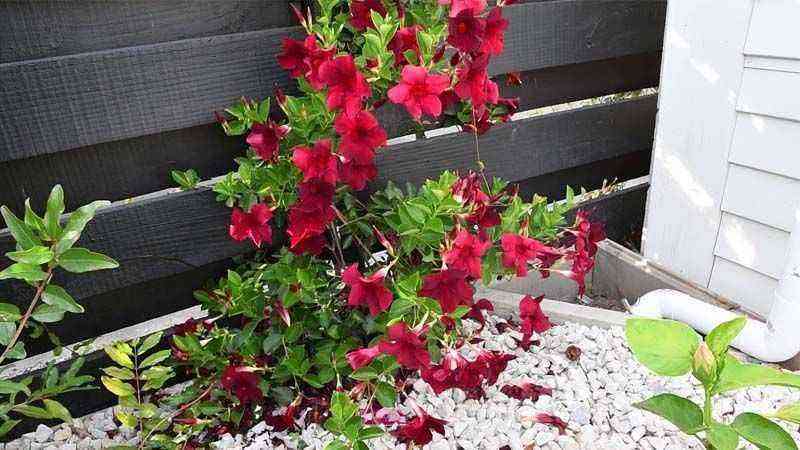

Growing conditions of Lapageria rosea
Temperatures and exposure
You need mild temperatures. It does not support cold or heat and they do not have to be extreme especially. In Spain, due to the great variety of climates, it is possible to grow it depending on where. In winter, in full moment of rest, it can withstand up to -5ºC although with slight damage, which in the spring we will have to fix with a very gentle pruning. You need a warm environment like a south-facing wall, for example, that receives and stores heat from the sun as well as supporting the plant. We can think of mild, frost-free and humid climates, such as those of the coastal areas of the Cantabrian.
Substrate and subscriber
Yes with the weather it is a very sensitive plant, with the soil also not exempt from specific conditions. To start you need a acid soil. The limestones are their undoing. If we start from a very limestone soil, it is almost better to forget about its cultivation and see it in photos, since the modification of the pH conditions will not be easy and it may not be worth it. If we start from a neutral ground, this task seems a little less complicated. A good amount of peatFor example, it can be a good start to establish the foundation of an acid soil.
If you want to know how to modify the pH conditions of a soil, take a look at this pH article.
Apart from the pH we will also need a soil with a very good moisture retention and very fertile, with a high content of organic matter available. To maintain this level of fertility, it is recommended to add mulch of good quality twice a year. One in the fall and one in the spring. A very suitable compost to also maintain the pH in optimal conditions, can be one that contains pine needles or conifers in general, whose acidity will not hurt. If you want, you can also add some fertilizer for plants or flower shrubs.
Irrigation and humidity
In the summer months (full bloom) you have to be very aware of the humidity of the soil. Maintain a good moisture content, do not let it dry out at any time, avoiding in turn waterlogging that would ruin the plant.
If the environment is dry, it also suffers and they do not hurt water sprays (not limestone) that will hold the flowers a little longer. We have to be very sure that the water is not limestone.
Other considerations of Lapageria rosea
- It is not a plant with a lot of vigor and pruning is not something that stands out in the care of the plant. If it is good, it can always be directed and lightly pruned to take it where we want as well as to fix it a bit. Yes indeed, no severe pruning.
- As for diseases, it can be attacked in spring and summer by aphids and mealybugs mainly.
- The mode of propagation is usually the layer or seed. For the seed you have to take a couple of things into account. They must be fresh and with a gelatinous layer that covers them. This gelatin contains germination inhibitors that we must wash thoroughly to proceed with its sowing. Germination of Lapageria rosea It occurs at approximately 20ºC and is slow (3 months approx.).
- It has to wire to a wall for example to help him settle down.
Varieties of Lapageria rosea
As we have mentioned before, Chilean or English hybrids are various. The Albiflora variety (white flowers) or Beatrice Anderson (bright red flowers with spots) stand out. In roses we have the Flesh Pink for example.
English varieties
| Colour | Name and characteristics |
|---|---|
| Red color: |
|
| Rose |
|
| White |
|
Chilean varieties
| Colour | Name and characteristics |
|---|---|
| Red color: |
|
| Rose |
|
| White |
|

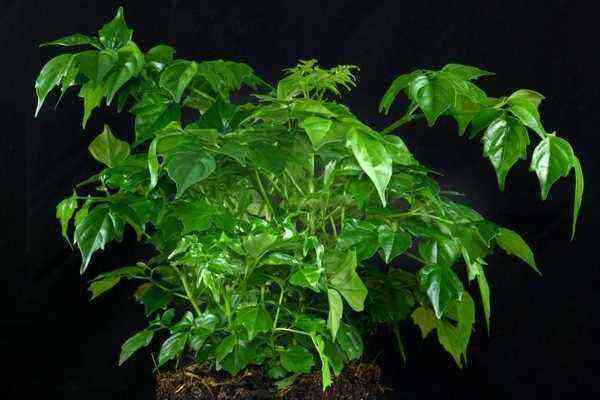
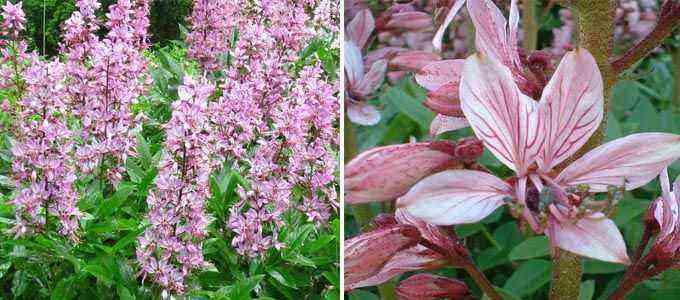
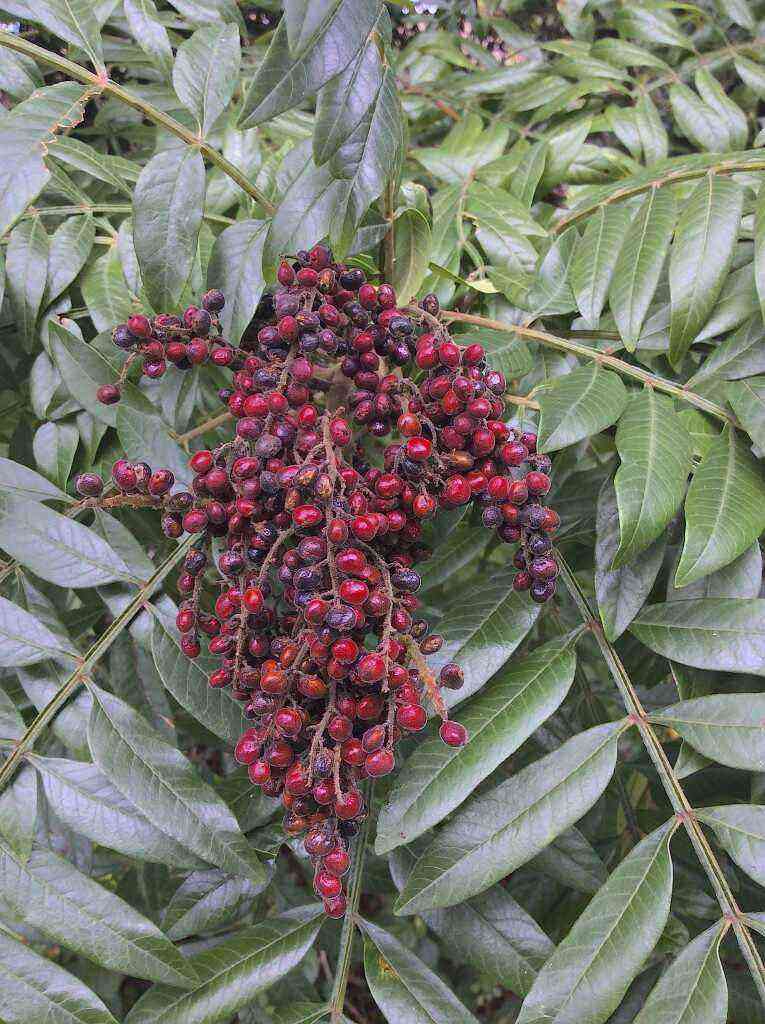


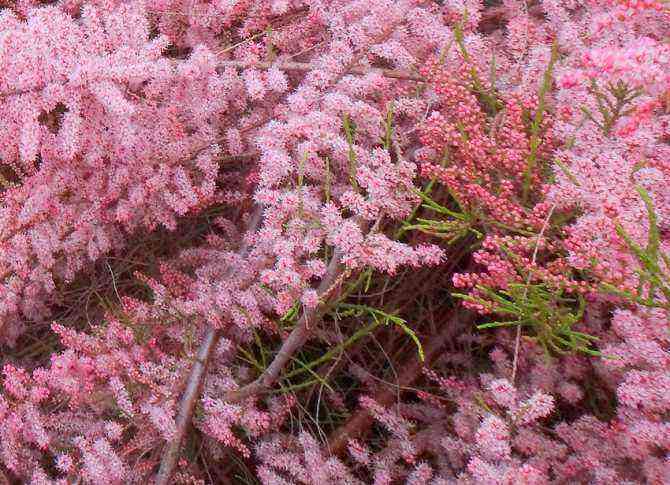
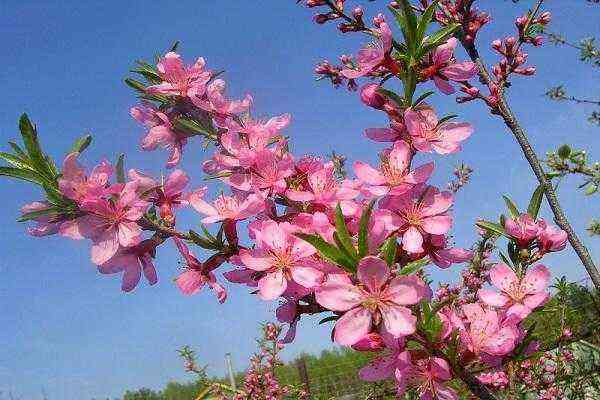
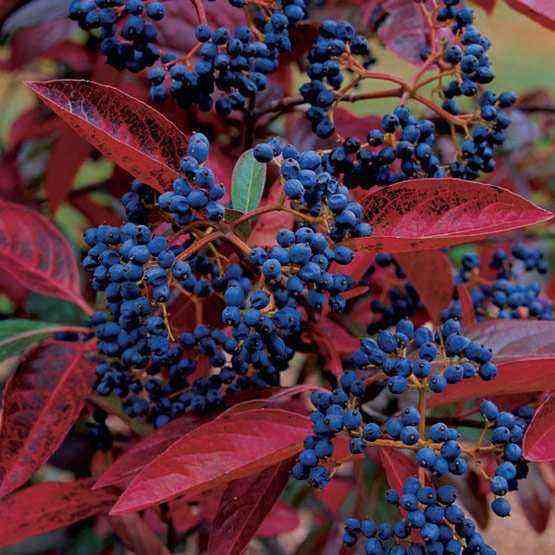
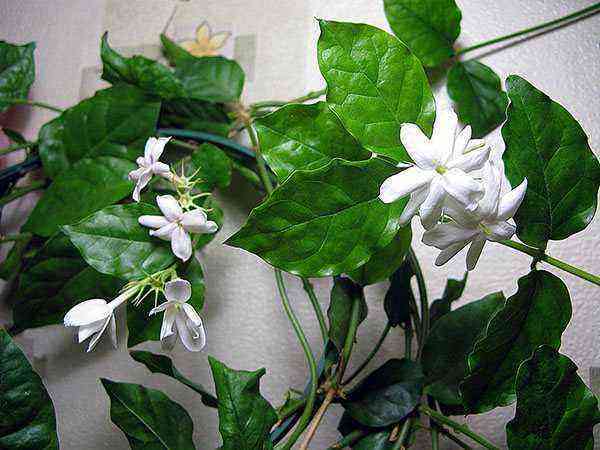
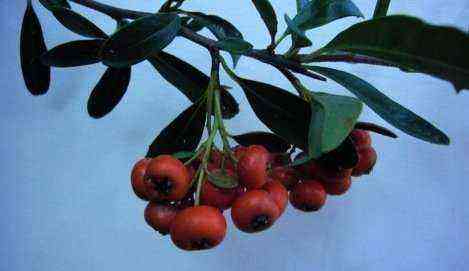
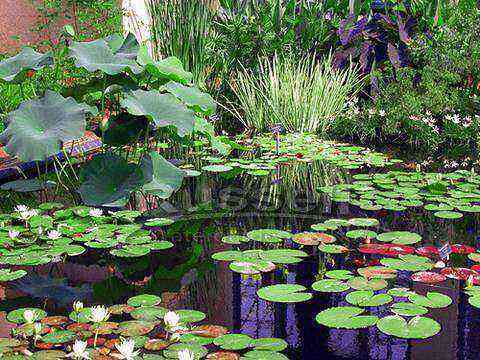


![Cultivo de Magnolia stellata [magnolia estrellada] Cultivo de Magnolia stellata [magnolia estrellada]](https://farmer-online.com/wp-content/uploads/2021/05/Cultivo-de-Magnolia-stellata-magnolia-estrellada.jpg)
